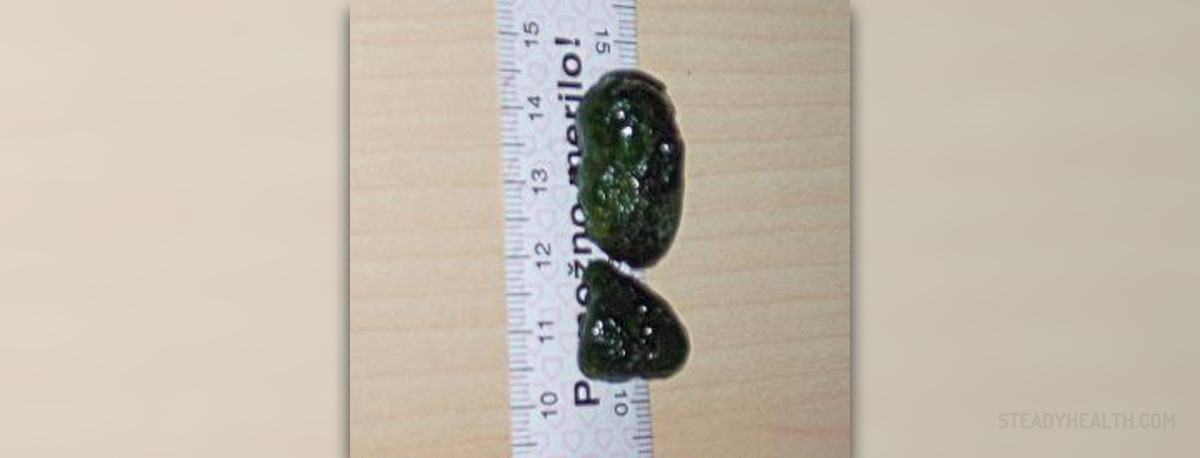
Gallstones are stones formed within the gallbladder, a tiny organ placed on the bottom of the liver. The gallbladder works as a bile reservoir. Most commonly gall stones are made of cholesterol. The symptoms may not be present at all so the person is not even aware of their presence. These stones are classified as asymptomatic. On the other hand if they are present in gallbladder for too long they may lead to gallbladder irritation and inflammation. Additionally, while contracting the gallbladder may even eject stones which are then stuck in the duct. This condition is rather serious. The disease is common in elderly people. Women and overweight people are at higher risk.
Basically uncomplicated gallstones may sometimes lead to pain under the ribs on the right side. The pain may be induced by certain foods such as yolks or even chocolate. These are powerful promoters of bile excretion. The pain is temporarily and may irradiate towards right scapula (shoulder blade). The attacks can repeat with no specific order. These attacks are known as biliary colic. Apart from pain patient might feel nausea and vomit.
Complicated gallstone disease includes inflammation of gallbladder, bile duct and/or inflammation of pancreas.
Acute cholecystitis or acute inflammation of gallbladder features with pain which spreads towards the right shoulder blade. The fever is present as well.Acute cholangitis or inflammation of the bile duct happens after the duct has been blocked with a gallstone. The symptoms include pain of similar characteristics as in acute cholecystitis, fever, jaundice, itchy skin and prostration.
The most severe is definitely acute pancreatitis. Pancreatitis develops as a consequence of pancreatic duct blockage. Pancreatic enzymes cannot be distributed into the intestines, they remain within pancreas and start the damaging process. Pain in acute pancreatitis is so strong that one may even collapse. It is located in the center of the abdomen. Additional symptoms includes nausea, vomiting, increased sweating, diarrhea, loss of appetite, fever and jaundice.
Gallstones are the best treated surgically. They need to be removed together with the gallbladder once the diagnosis of stones has been established. The operation prevents the further damage to the gallbladder, inflammation of gallbladder and the possible severe and life-threatening complications such as acute pancreatitis.
The best way to rule out or to confirm the disease is to visit a doctor if there are symptoms which may point to the presence of gallbladder stones. This includes fever as well and the pain lasting longer than 8 hours.


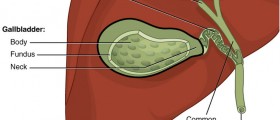




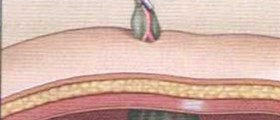
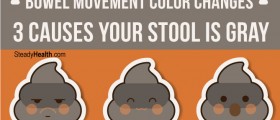

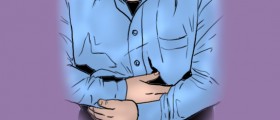

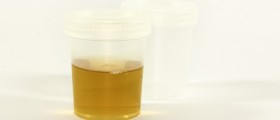



Your thoughts on this
Loading...